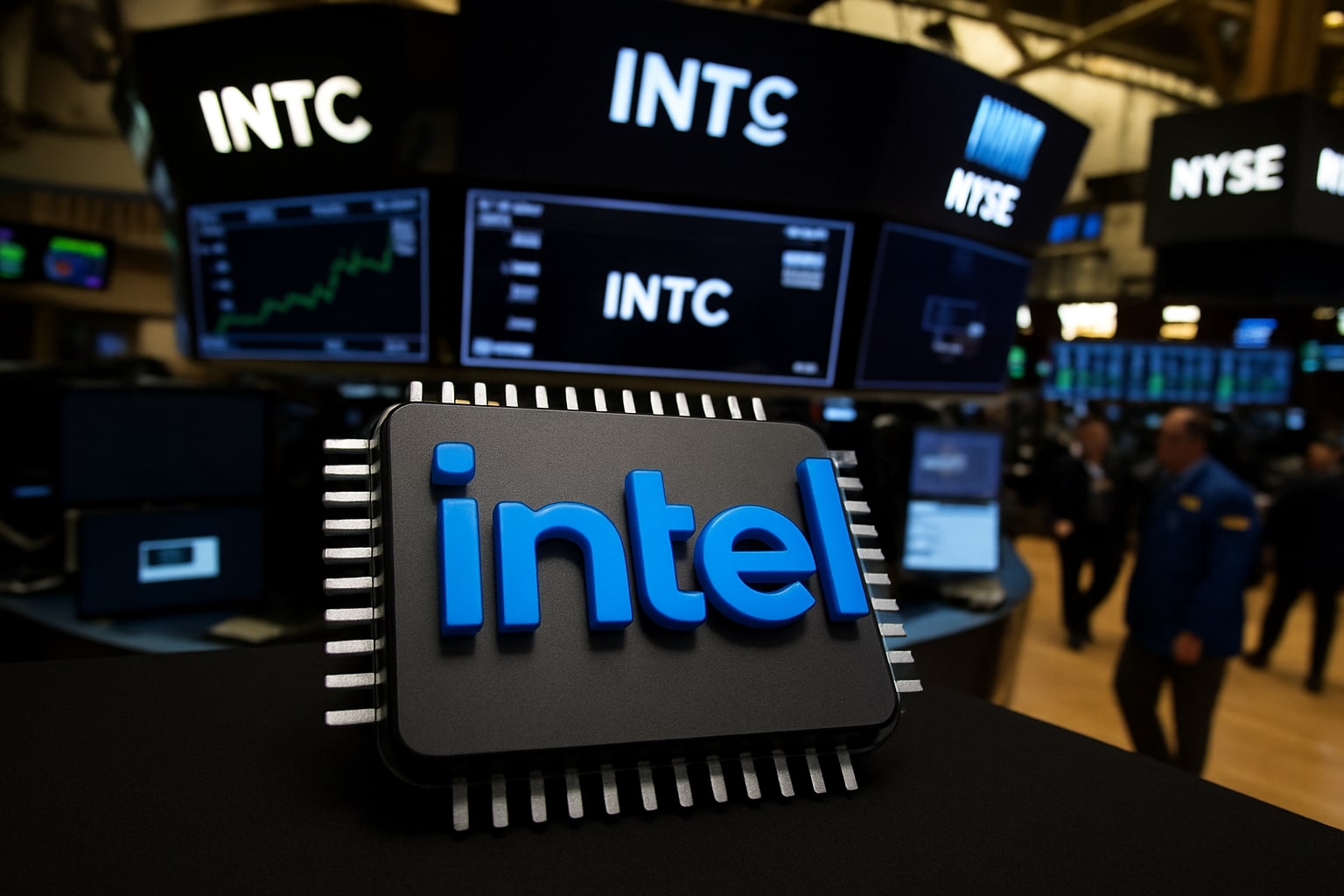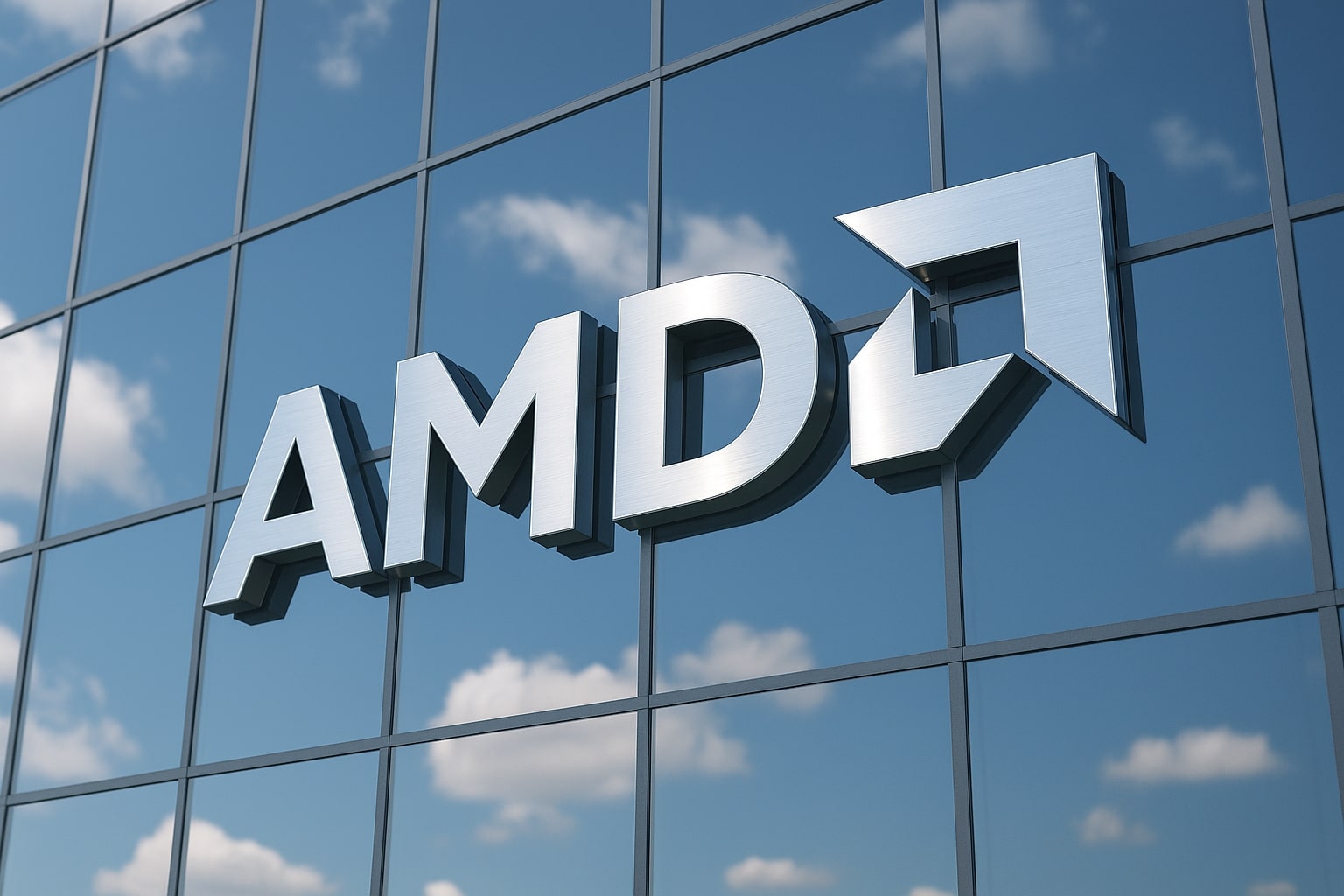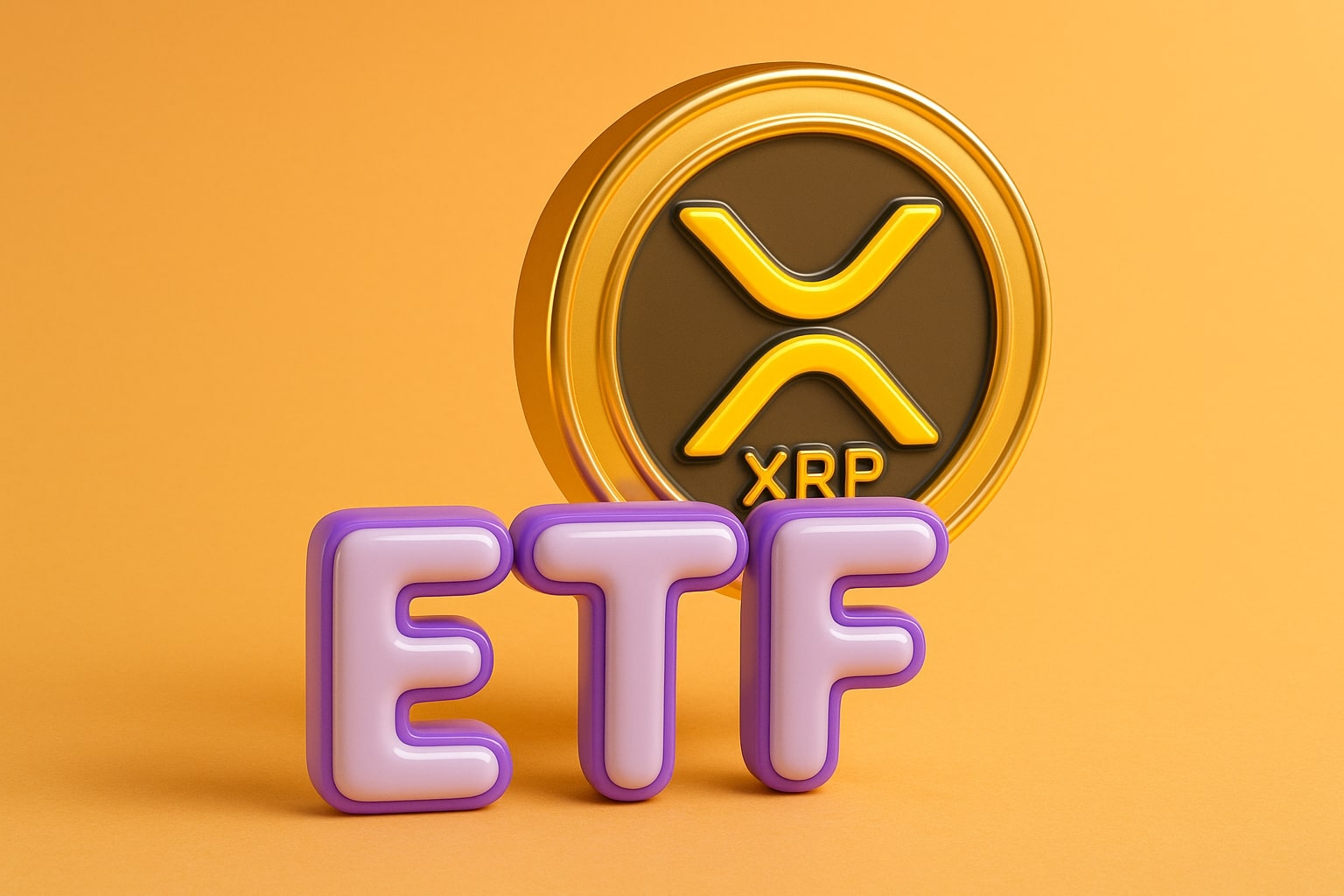Insider and Institutional Flows Reflect Renewed Confidence
Institutional ownership in NASDAQ:INTC sits at 65.3%, with major long-term holders such as Vanguard and BlackRock increasing exposure since the second quarter. Insiders retain only 0.08% of float, a typical level for a mature tech company, but insider activity tracked on TradingNews Intel Insider Transactions shows selective purchases during the Q1 dip, reflecting management’s conviction in the turnaround plan. The company’s suspension of its quarterly dividend in 2024—previously $0.12 per share—helped conserve roughly $2 billion annually for R&D and fab investment, a move applauded by analysts focused on long-term capital efficiency.
Comparative Position: Intel vs. Semiconductor Peers
In relative performance, Intel’s 65.5% one-year return still trails Nvidia’s 190% and AMD’s 89%, but the delta is narrowing. Intel’s beta of 1.33 implies higher volatility than the S&P 500, yet the stock’s correlation to peer movements suggests it is finally re-entering the high-growth narrative after years of lagging innovation. Competitors like TSMC ($292.19) dominate advanced-node manufacturing, but Intel’s onshoring advantage—boosted by CHIPS Act subsidies exceeding $8 billion—offers a strategic moat.
The company’s target to reach five leading-edge nodes in four years remains ambitious, but initial yields from Intel 4 and 3 processes indicate tangible progress. Analysts at Benchmark upgraded Intel to Buy ($42 target), while Deutsche Bank maintains a Hold rating with $30 target, citing short-term execution risk. The consensus average target of $25.72 appears outdated given the current $36.83 market price, suggesting Wall Street may need to re-rate Intel’s valuation in the next earnings cycle.
Earnings Outlook and Growth Forecasts
For Q3 2025, Intel is expected to report EPS $0.01 on $13.1 billion revenue, with projections rising to $0.08 EPS in Q4 as data-center demand normalizes and PC shipments rebound. Analysts anticipate $52 billion revenue for FY 2025 and $53.6 billion for 2026, signaling low-single-digit top-line growth but massive earnings leverage as margins improve. The operating margin (-3.8%) should swing positive next year as fab utilization climbs and restructuring savings take hold. Gross profit currently stands at $17.47 billion, up slightly year-on-year, confirming that the cost base is stabilizing even amid aggressive R&D spending on AI and foundry technologies.
Strategic Outlook: Intel’s Reinvention Underway
Intel’s transformation is reshaping its identity—from a legacy CPU manufacturer to a cross-platform foundry powering the AI era. The Nvidia partnership, U.S. government stake, and accelerating foundry build-out mark the strongest alignment of strategic catalysts since 2000. The stock’s five-year total return (19.6%) still lags the S&P’s 100.6%, underscoring how much recovery potential remains if the turnaround sustains.
With its market cap rapidly expanding toward $180 billion and upside technical targets around $50, Intel has moved from value trap to recovery play. The next earnings report on October 30, 2025, will be critical in confirming whether the rebound is structural or sentiment-driven.
Verdict on NASDAQ:INTC
Given the improving fundamentals, powerful institutional flows, and transformative AI alliances, Intel (NASDAQ: INTC) currently represents a Buy rating with short-term support at $36.00 and medium-term upside potential to $50.00–$52.00. While execution risks remain high, the company’s strategic repositioning, liquidity strength, and government-backed expansion provide a credible path toward profitability and renewed industry leadership.



















